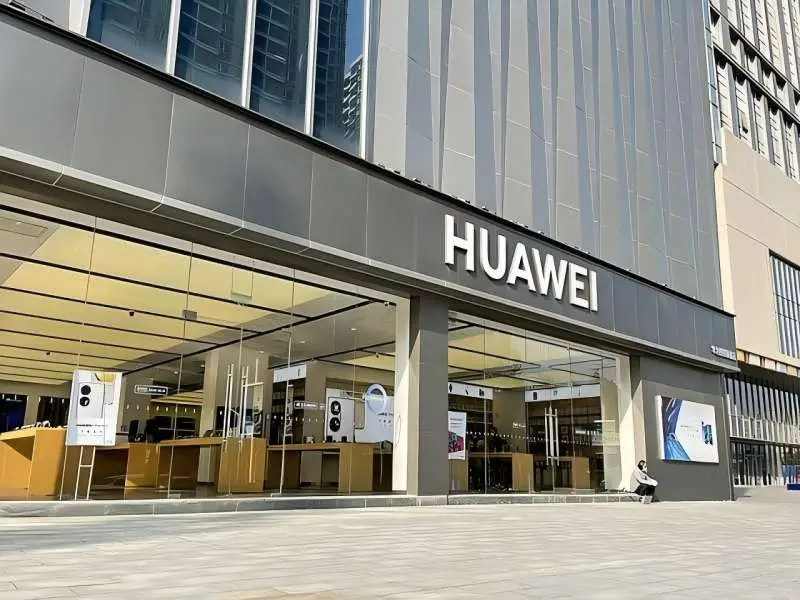- Huawei is expected to launch the PC version of HarmonyOS later this year.
- The expansion of HarmonyOS to all devices will strengthen Huawei’s ecosystem, creating a new landscape for the industry.
OUR TAKE
The expansion of HarmonyOS across various devices promises to deliver seamless connectivity and a consistent user experience. This growth not only fosters a thriving ecosystem but also opens up new opportunities for both users and developers.
— Yasmine Luo, BTW reporter
What happened?
Earlier, Huawei developed its own operating system, HarmonyOS, and released a beta version of HarmonyOS NEXT. It is expected that Huawei will launch the PC version of HarmonyOS Next later this year.
Images from Huawei’s developer website show that the “HarmonyOS PC version” design is similar to macOS, with a top status bar and a bottom Dock for quick access to functions and applications. This design is consistent with previous HarmonyOS UI, making it easier for users to adapt.
After the U.S. blocked Huawei from accessing Android and Windows, Huawei started developing its own OS. The current HarmonyOS version is based on open-source Android (AOSP) and uses the Linux kernel. However, the PC version of HarmonyOS Next uses its own microkernel, making it incompatible with Android applications and only supporting its native applications. Despite this, Huawei’s microkernel appears to have Linux binary compatibility and reuses Linux drivers, suggesting it is largely based on Linux.
China plans to make HarmonyOS its “national operating system” to reduce reliance on U.S. technology. HarmonyOS has grown rapidly in China, surpassing Apple’s iOS to become the second best-selling mobile operating system by early 2024. Huawei also created an open-source version, OpenHarmony, now controlled by the OpenAtom Foundation.
Also read: Which Huawei smartphone has the biggest screen
Also read: Vanuatu PM looks to China’s Huawei for surveillance tech
Why it’s important
With the rollout of HarmonyOS on more devices, Huawei can further its vision of full-scenario coverage, offering a richer and more seamless experience. Whether on smartphones, tablets, smartwatches, smart home devices, or upcoming PCs, HarmonyOS aims to provide seamless connectivity and a consistent user experience.
Analysts believe the HarmonyOS PC version will proceed in two phases. First, an emulator overlay will ensure Windows software runs smoothly, allowing seamless switching for users. Second, as the user base grows, developers will create HarmonyOS-specific applications, eventually eliminating the need for the emulator. These phases will enable full localisation of mobile and computer operating systems in China, ensuring data security.
For developers, this means adapting their applications for HarmonyOS’s multiple platforms. Huawei supports developers with tools and resources such as the Harmony Developer Community, conferences, and online training. These aids help developers efficiently create applications and leverage HarmonyOS’s platform advantages to meet diverse user needs.
As HarmonyOS expands, Huawei can grow its ecosystem, bringing new opportunities for both users and developers, creating a new landscape for the industry.

